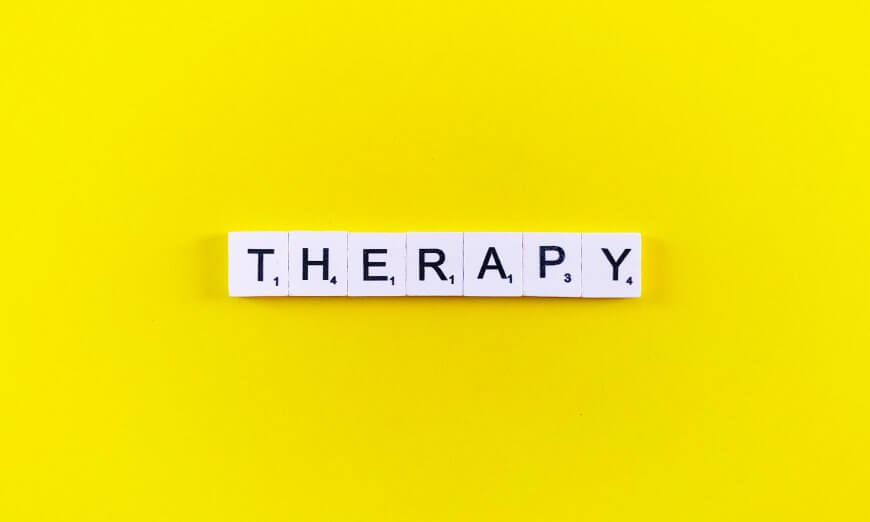Regenerative Therapies help people overcome the pain caused by injury or chronic conditions. These therapies use a combination of injections to stimulate the body’s natural healing response.
They are a safer alternative to surgery and pain medications that can cause problems with sleep, elimination, and mood. They are also convenient and can be done on an outpatient basis.
Prolotherapy
Prolotherapy is a regenerative treatment that stimulates the body’s natural healing response to repair damaged ligaments and tendons. Supporters say it can help with injuries like tendon overuse, joint sprains, and low back pain.
It involves injecting a solution that contains saline and dextrose into the injured area. The injection causes an inflammatory reaction that leads to the growth of new tissue.
Depending on how the joint responds, the doctor will repeat prolotherapy several times to encourage new tissue growth. It may also be combined with other regenerative treatments to increase the effectiveness of the treatment.
The main benefit of prolotherapy is its significant relief from chronic or recurring pain. It can also help reduce the need for surgery and hospitalization.
Prolotherapy works best for patients with chronic or recurring pain that has failed to respond to other pain management methods. It’s also good for immune-compromised patients, such as cancer patients and organ transplant recipients, who have weaker immune systems. It can also be useful for people with knee osteoarthritis.
PRP Therapy
Platelet-rich plasma (PRP) therapy is a procedure that uses your blood to heal certain injuries or diseased body tissue. It’s a safe and effective treatment with many benefits, including reduced pain and increased mobility.
PRP contains growth factors that promote wound healing and the production of new, healthy cells. It also includes proteins that help cells adhere to one another.
Injections of PRP are often used for injuries to ligaments, tendons, and bones, such as shoulder rotator cuff tears or Achilles tendon ruptures. Doctors also use PRP to repair torn tendons and ligaments after surgery.
To create PRP, blood is drawn from your arm using a special kit and then placed in a centrifugation machine that separates the platelets from the rest of the blood. The platelets are then concentrated and injected into the injury. Ultrasound imaging is sometimes used to help guide the injection into the injured area. This process can take about 30 minutes.
Lipogem Therapy
If you are suffering from chronic pain, Lipogem Therapy may be able to give you relief. This minimally invasive treatment uses your body’s fat cells to promote healing from the inside out, eliminating the need for invasive surgery.
It is an FDA-cleared option for patients between conservative therapy and major invasive surgery, such as knee or shoulder replacements. It is a natural alternative to pharmaceuticals and can accelerate your recovery time while providing consistent results.
Using your own stem cell-rich fat tissue, Lipogem Therapy helps repair, regenerate, and support the growth of new joint tissues to help alleviate orthopedic pain and improve function. This regenerative treatment reduces inflammation and increases blood flow, promoting fast, long-lasting healing.
Your doctor collects a small amount of fat from your abdomen or hip area and then processes it in a device that utilizes sterile saline to wash away inflammatory oils, debris, and blood while preserving the beneficial properties of the fat tissue. The regenerative cells are extracted from the fat and injected into your affected joints.
Body Fat Injections
Body Fat Injections are a safe, effective, and non-invasive way to increase the fullness and shape of your neck, face, arms, pectorals, thighs, or buttocks. The treatment also helps to reduce excess skin laxity and improve the appearance of cellulite.
The procedure is performed under local or IV anesthesia. The area to be treated will likely be bruised and swollen for a few weeks after the procedure.
During the treatment, we harvest fat from the knees, thighs, abdomen, or buttocks by making a small incision and inserting a cannula connected to a syringe. The fat is then processed in a centrifuge to separate the viable fat cells from the less healthy ones.


